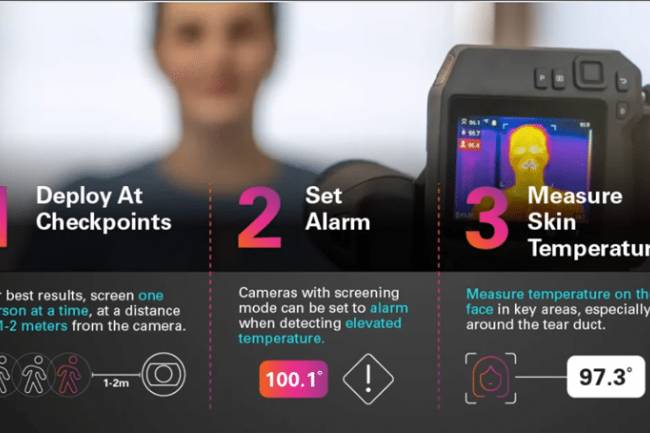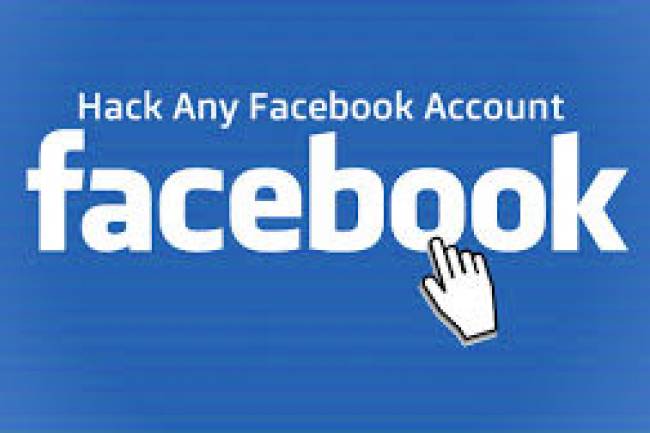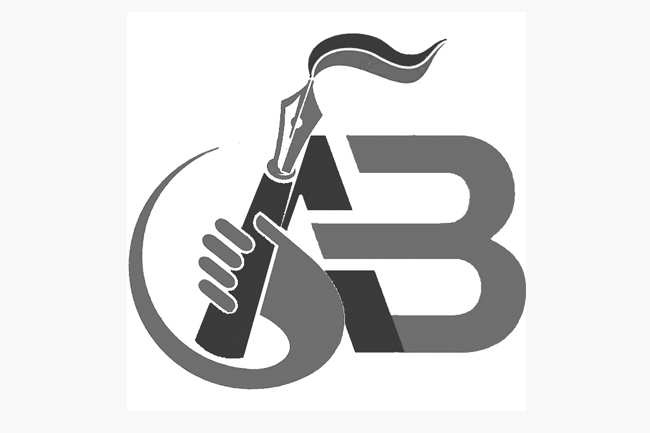The Great B2B Onboarding Lie: Why Your "Best Practices" Are Killing Customer Relationships
The uncomfortable truth every CX leader needs to hear
We need to talk about the elephant in the room: B2B customer onboarding has become a theater of lies, and we're all complicit actors in this performance.
For years, we've been peddling the same sanitized playbook—structured timelines, milestone celebrations, health scores, and "white-glove" experiences. We've built elaborate onboarding programs that look impressive in PowerPoint presentations and generate feel-good metrics for quarterly reviews. But here's what no one wants to admit: most of our customers hate these programs, and they're actively sabotaging the very relationships we're trying to build.
The "Success Theater" Problem
Walk into any SaaS company today, and you'll hear the same rehearsed talking points about onboarding success. "We have a 90% completion rate!" they'll proudly announce. Our time-to-first value is down 30%! But scratch beneath the surface, and you'll find a different story.
Your customers aren't completing onboarding because it's valuable—they're completing it because they must. They're gaming your health scores, attending mandatory check-ins with fake enthusiasm, and clicking through your training modules while secretly Googling how to use the software in another tab. We've turned onboarding into a compliance exercise rather than a value-creation process.
The Real Reason B2B Onboarding Fails
Here's the controversial truth: most B2B customers don't want to be on board. They want to be left alone to figure things out.
Think as a buyer. When you purchase a new tool for your team, do you eagerly await the vendor's 12-week onboarding journey? Or do you immediately start trying to hack your way to value as quickly as possible, treating vendor-imposed structure as an obstacle rather than help?
The traditional B2B onboarding model assumes customers are passive recipients of our wisdom. They're active problem-solvers who already have a mental model of what success looks like—and it rarely matches our carefully crafted journey maps.
The Three Deadly Sins of Modern B2B Onboarding
Sin 1: The Forced March Fallacy:
We've convinced ourselves that customers need our structure, our timelines, and our milestones. We create elaborate 30-60-90 day plans as if every customer operates on our fiscal calendar. But business doesn't work that way.
Real customer needs are messy, urgent, and rarely align with our neat onboarding phases. When a customer is drowning in a crisis that your product could solve today, your eight-week implementation timeline isn't helpful—it's insulting.
Sin 2: The One-Size-Fits-All Delusion
Despite all our talk about personalization, most onboarding programs are still fundamentally standardized. Sure, we might customize the welcome email with their company logo, but the underlying assumption remains that everyone needs to learn about the product in the same way.
This is particularly observed in B2B, where you might be onboarding a Fortune 500 enterprise with a dedicated IT team alongside a 50-person startup where the CEO is also the head of IT. Yet somehow, we think both need the same "comprehensive training program."
Sin 3: The Metric Mirage
We're optimizing for the wrong outcomes. Completion rates, training scores, and feature adoption metrics make us feel good about our programs, but they don't predict customer success. They often predict the opposite.
The customer who dutifully completes every training module might be the one planning to churn in six months, while the "difficult" customer who skips half your sessions might become your biggest advocate because they found their path to value.
What Customers Want (And It's Not What You Think)
After interviewing dozens of B2B buyers about their onboarding experiences, three themes emerged consistently:
1. Immediate Problem-Solving, Not Feature Tours Customers don't care about your product's 47 features. They care about the specific problem they bought your solution to solve. Start there. End there. Everything else is noise.
2. Options, Not Obligations. Stop making onboarding feel like homework. Offer multiple paths, make everything optional, and trust your customers to know what they need. The best onboarding programs are buffets, not prix fixe menus.
3. Human Connection When They Ask, Not When You Schedule Your weekly check-in calls aren't building relationships—they're building resentment. Be available when customers need you, not when your CRM tells you to call.
The Radical Alternative: Onboarding as a Service, not a Process
What if we completely reimagined B2B onboarding? Instead of forcing customers through our predetermined journey, what if we became their on-demand problem-solving service?
Here's what this might look like:
Kill the timeline. Replace structured phases with outcome-based milestones that customers can achieve in any order.
Make everything optional. Transform required training into easily accessible resources that customers can consume when and how they want.
Lead with problems, not features. Start every interaction with "What are you trying to accomplish?" not "Let me show you how this works."
Measure differently. Track problem resolution speed and customer-initiated engagement, not completion rates and training scores.
Some platforms, like Projetly, are built with this mindset, offering flexible checklists that let customers prioritize their goals without rigid steps. This approach swaps vendor-driven scripts for user-led progress, aligning with what customers need.
The Business Case for Brutal Honesty
This isn't just about being customer-centric—it's about business survival. Companies that continue to force customers through elaborate onboarding charades will lose to competitors who respect their customers' intelligence and autonomy.
B2B buyers are getting younger, more tech-savvy, and less tolerant of vendor-imposed friction. They've been trained by consumer experiences that prioritize ease and self-service. They expect the same from their business tools.
The Hard Questions Every CX Leader Must Ask
Before you dismiss this as anti-onboarding heresy, ask yourself these uncomfortable questions:
If onboarding were optional, how many of your customers would choose to skip it?
When customers succeed despite not following your onboarding program, how do you react?
Are you measuring onboarding success by what's convenient for you to track or by what matters to customers?
How many of your onboarding"best practices" are just vendor convenience disguised as customer value?
The Path Forward: Onboarding Without the Theater
The future of B2B onboarding isn't about better processes—it's about questioning whether we need processes at all. It's about building products so intuitively that onboarding becomes unnecessary, and creating support systems so responsive that customers can get help exactly when and how they need it.
This doesn't mean abandoning customers to figure everything out alone. It means respecting their ability to drive their successful journey while being ready to provide expert guidance when they ask for it.
The companies that master this balance—combining radical customer autonomy with exceptional on-demand support—will build the kinds of relationships that don't just reduce churn but create genuine advocates.
It's Time to Choose
You can continue perfecting your onboarding theater, generating impressive metrics that mask mediocre relationships. Or you can acknowledge the uncomfortable truth: your customers are smart enough to know what they need and brave enough to tell you if you're willing to listen.
The question isn't whether your onboarding program is best-in-class according to industry benchmarks. The question is whether your customers would choose to go through it again.
If the answer is no, it's time to burn down the theater and build something real.












